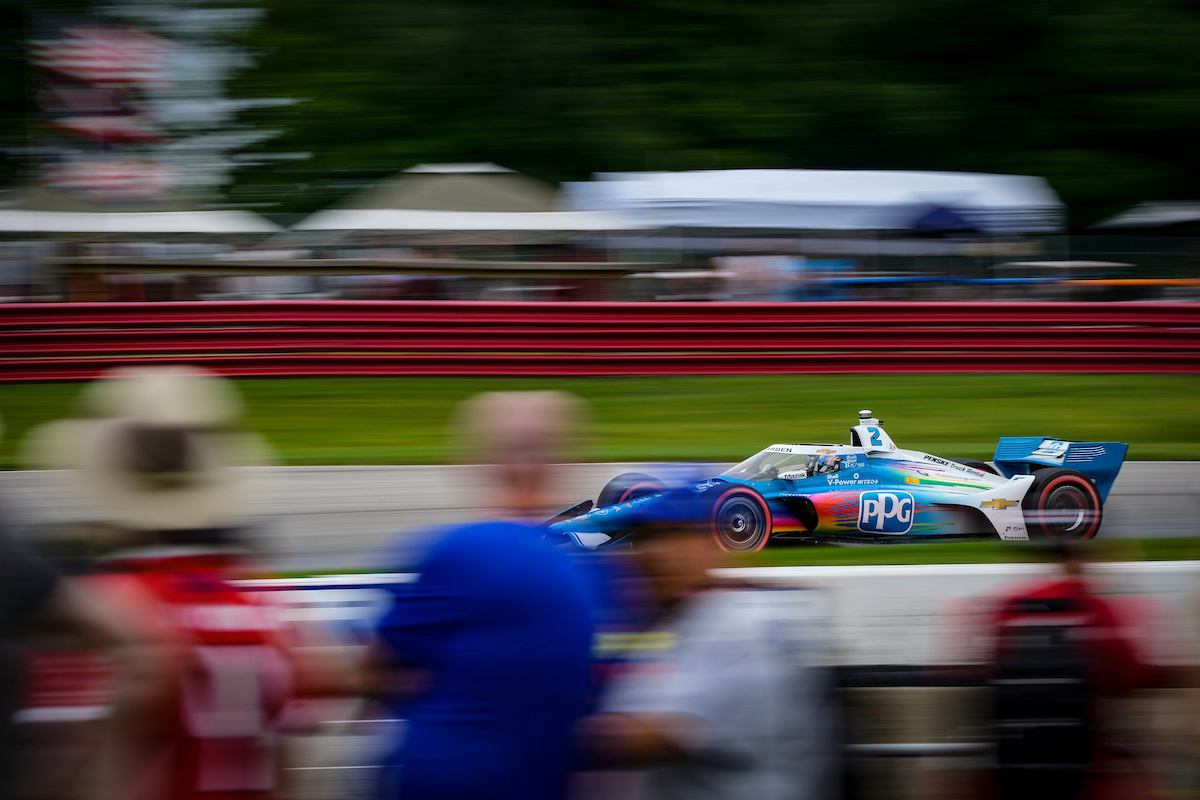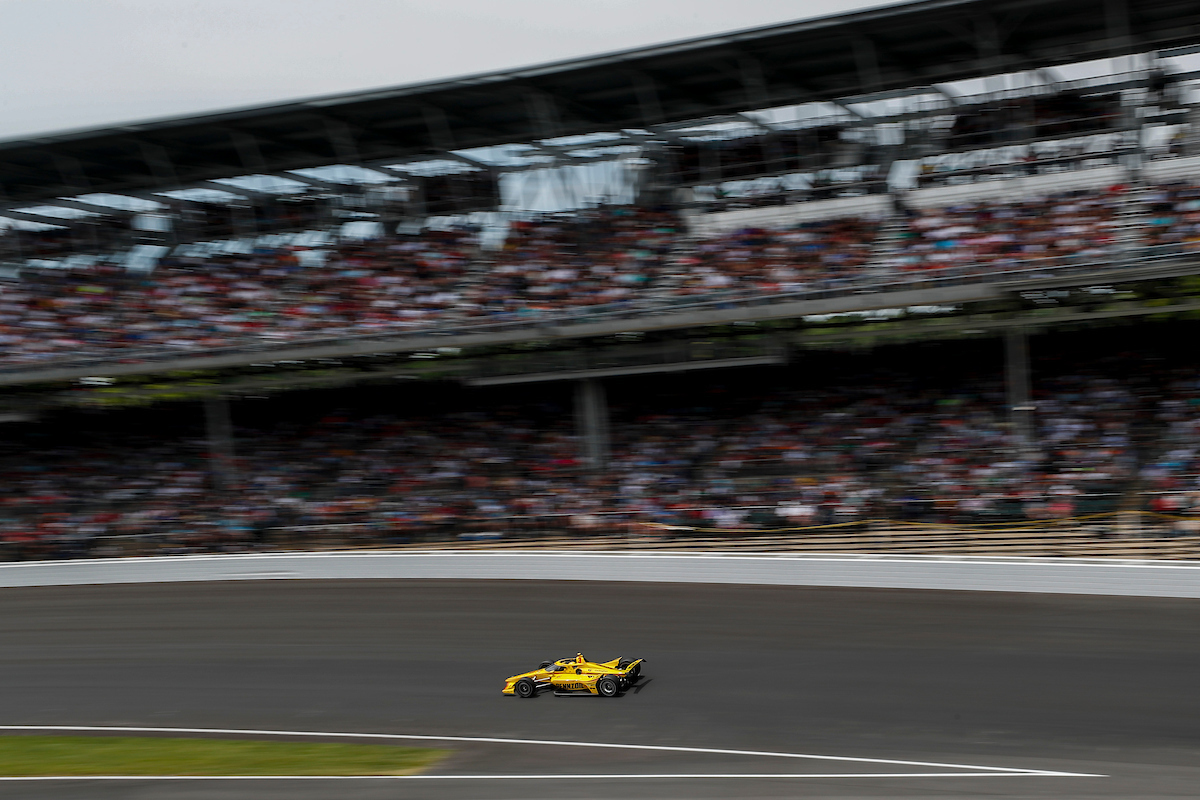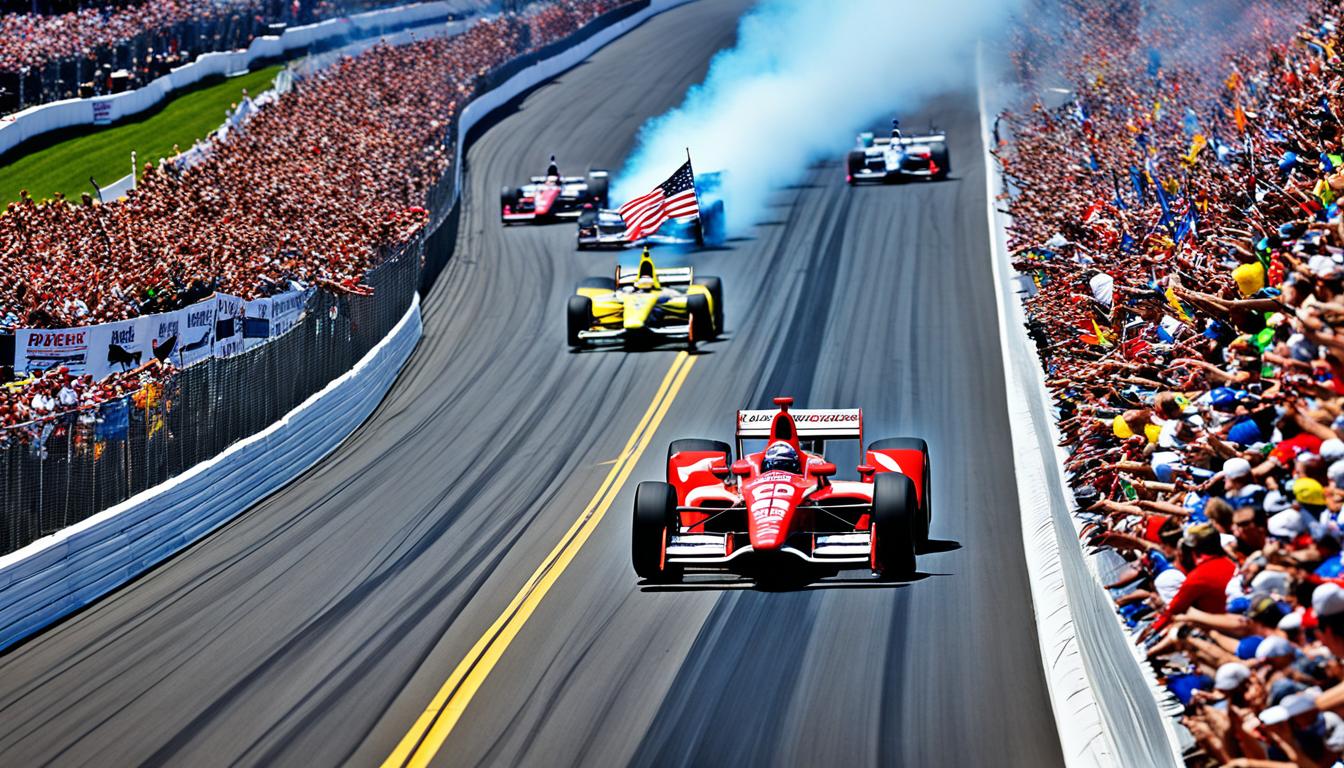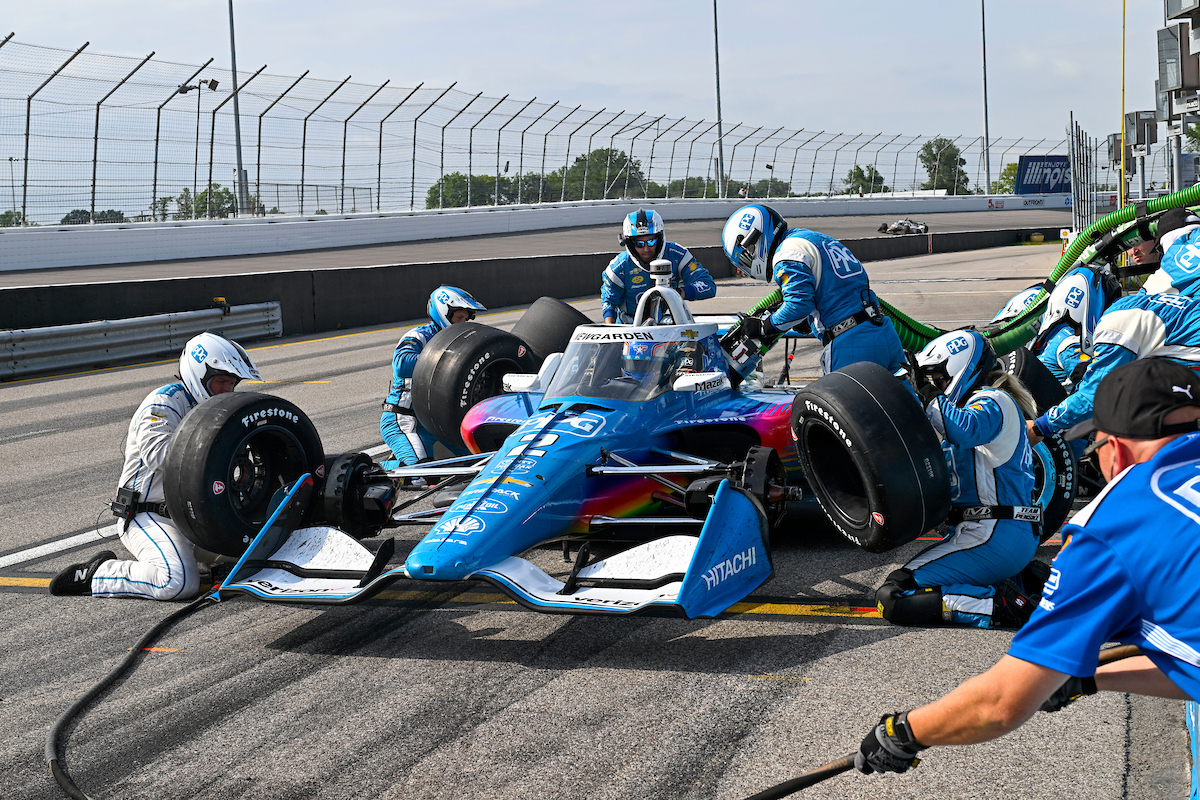IndyCar Fuel Management Strategies Explained
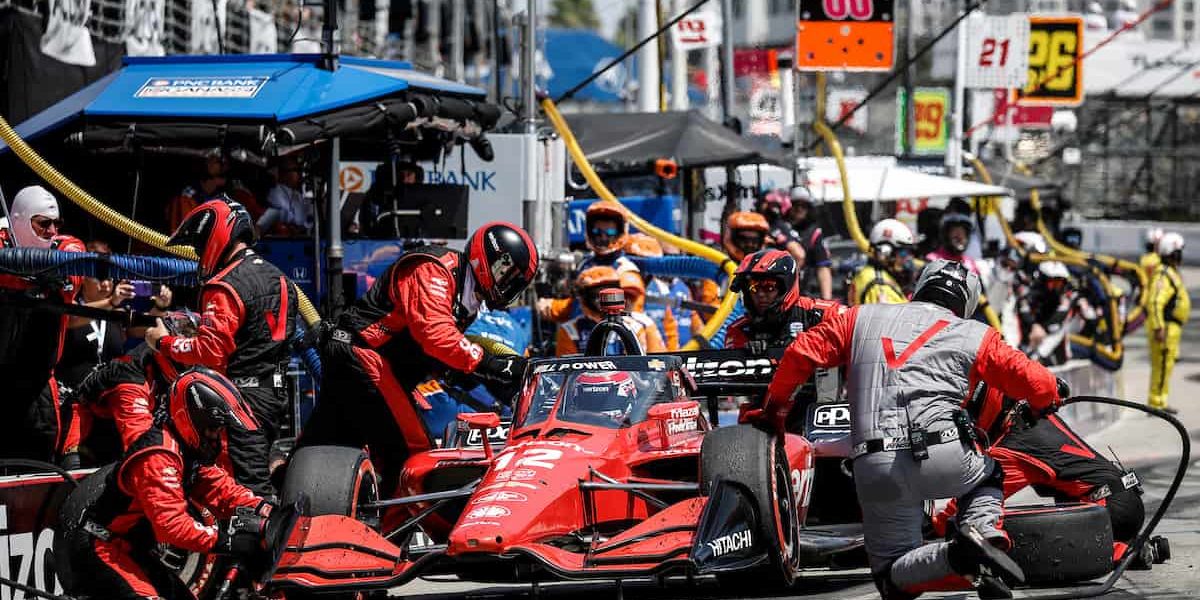

Have you ever wondered how IndyCar teams race fast and save fuel? What are their tactics for using fuel well and performing at their best?
Fuel management is key in IndyCar racing, influencing a team’s chance of winning. To win, teams use a mix of fuel-saving tricks, detailed planning, and smart choices.
This article will look into IndyCar fuel management strategies. We’ll cover how teams work on saving fuel. And we’ll share tips and the latest strategies for getting ahead.
Whether you love racing or just want to know more, we’ll explain the secrets. You’ll learn about the amazing strategies that help these cars win.
Table of Contents
The Importance of Fuel Management in IndyCar Racing
Fuel management is key in IndyCar racing. It influences how well teams can perform and compete. Being smart with fuel lets teams make fewer pit stops, which gives them a big edge. So, knowing how to save fuel and use it smartly is crucial in IndyCar.
Every team in IndyCar knows they must use their fuel wisely. By using special techniques, they can use less fuel but keep their cars fast and efficient. It’s all about keeping up with the competition throughout the race.
The Significance of Fuel Conservation in IndyCar
In IndyCar, races are really fast and can be won by tiny margins. Every choice about fuel can make a big difference in how well a team does. Managing fuel well helps teams plan their pit stops right. This keeps them ahead of their rivals.
There are two big reasons why saving fuel matters a lot. First, fewer pit stops means more time on the track passing others. Second, a lighter car handles better and goes faster. This is all because the team uses less fuel.
Fuel Efficiency Strategies in IndyCar
IndyCar teams have many ways to save fuel and perform better. They blend aggression and fuel saving by being careful yet fast. It’s about driving hard but also being smooth with all the moves.
Teams also use a lot of data to help save fuel. High-tech analyses and race stats let them see where they can do better. This helps them change their fuel plans as the race goes on, keeping them in a strong position against others.
Good fuel management is vital in IndyCar. Knowing how to save fuel and use it well can make a team more likely to win. It’s about being smart with how you use your resources in this very competitive sport.
The Role of Honda in Fuel Management Strategies
Honda is a key player in IndyCar, focused on fuel strategies. They craft engines at the Honda Performance Development facility. These engines are top-notch, mixing fuel savings with power for IndyCar teams. This gives teams a boost on the course.
Honda stands out in IndyCar fuel management. They grasp how vital it is to use fuel wisely. This drives them to keep inventing to boost efficiency in IndyCar engines.
Honda aims at both power and fuel use efficiency. They merge high-tech engineering with deep studies. This leads to engines that perform well and save fuel.
Honda’s engineers really know their stuff. They create engines that find the perfect balance. They make sure the engines give out needed power and also use fuel well.
But Honda doesn’t stop at just the engine part. They work closely with IndyCar teams too. Together, they come up with smart fuel strategies. These tips, along with data checking, help Honda’s teams get better at saving fuel and performing well.
To sum up, Honda’s work in managing fuel is key to IndyCar success. They focus on using the newest tech, being great partners with IndyCar teams. This special mix makes Honda a leader in IndyCar racing.
The Difference in Strategies for Ovals and Road/Streets Courses
IndyCar teams use different fuel strategies depending on the track. This is because ovals and road/street courses need special fuel plans. These plans help teams perform better and stay ahead.
Oval Track Strategies
On ovals, teams want to not pit as often by stretching their fuel. They use caution periods to their advantage. These periods let teams make pit stops without falling behind much.
By not stopping for fuel early, teams get to keep their place on the track longer. This also means they need to stop for fuel less. Winning becomes more likely because they can keep racing without many stops.
Road/Streets Course Strategies
Road and street tracks have sharp turns and narrow parts. Here, the strategy is to pit early. This is to avoid falling behind with caution flags. Pitting early ensures the cars have enough fuel and keeps them in a good position.
Choosing the right strategy is key in IndyCar. Each race, teams look at the track and other factors to decide their best move. This shows how smart and skilled IndyCar teams are. They know how to make the most of their fuel on different tracks, helping them do well.
Factors Influencing Pit Stop Strategy in IndyCar
Pit stop strategy is key in managing fuel for IndyCar teams. They look into many things before stopping. These include when full course yellows happen, how tires wear, and using fuel well.
- The Timing of Full Course Yellows: When a safety car period is called, it changes pit stop plans. Teams check if it’s a good time to pit, considering their track position and the chance to refuel and change tires.
- Tire Degradation: Tires wear down during a race. Teams watch how fast this happens and pick the best time to stop for new tires. It’s all about finding a balance between keeping a good grip and not spending too long in the pit.
- Fuel Consumption: Using fuel wisely is a must. Teams work out how much fuel they need and how well their car uses it. Their pit stops have to match their fuel use to not run out or stop more than needed.
Understanding these points helps teams time their pit stops right. This can push them further up the track and cut their time in the pit, which boosts their race results.
| Factors Influencing Pit Stop Strategy | Impact |
|---|---|
| The Timing of Full Course Yellows | It can be a good chance to stop for some teams, letting them keep their position better. |
| Tire Degradation | Choosing the perfect time to change tires is crucial. Teams need to be quick but careful in the pit. |
| Fuel Consumption | Stopping matches their car’s fuel use, preventing stops they don’t need. |
Tire Management and Fuel Efficiency in IndyCar
Efficient tire management is key in making IndyCar races more fuel-efficient. Teams use smart tire techniques to get better performance on the track without using too much fuel.
Understanding tire wear and its effects on fuel use is crucial. As tires become worn, the car needs more energy to stay on the road. This extra energy use leads to less fuel efficiency. So, managing how fast tires wear and reduce the energy loss is essential. It helps teams use fuel better and get further with it.
Choosing the right tires for the race is also important for saving fuel. Teams must select tires that fit the track and race conditions well. Some tires offer great grip but wear out quickly. Others last longer but might not grip as well. Teams need to find the right balance. This balance is vital for saving fuel and making the most of their tires.
Teams do a lot of planning using track and weather data to use tires wisely. They decide the best times to change tires during a race. This choice is tricky because fresh tires help but they also use more fuel. Making smart plans and using data, teams can perform better with less fuel.
The Role of Data Analysis in Fuel Management Strategies
Data analysis is key in how IndyCar teams manage their fuel. They use telemetry, timing data, and race control messages for smart fuel consumption decisions, pit stops, and overall race plans. With tools like RaceWatch, experts can look at this data as the race happens. This lets them make fast and spot-on choices to improve their ways of handling fuel.
Conclusion
Good fuel management is key to doing well in IndyCar racing. By using strategies to save fuel, making pit stops effectively, and analyzing data, teams can use fuel better. This helps them get ahead on the track. During the race, IndyCar teams work on ways to use less fuel while keeping up a good pace.
Honda is a major IndyCar engine maker and a big help in using fuel wisely. They keep improving their tech and have special places to work on saving fuel. This helps teams use fuel in the best way possible.
Teams have different plans for oval tracks and road courses. On ovals, they try to go longer between stops. They use caution times to their benefit. Yet, on road courses, they try to stop early in the pit window. This avoids the risk of losing out on a yellow flag and keeps them ahead.
In the end, how efficiently a team uses fuel is really important in IndyCar. Using smart strategies helps teams perform better, save fuel, and up their chances of winning. Winning means finding the best mix of speed and keeping fuel. Plus, always using data to guide fuel decisions is crucial.






